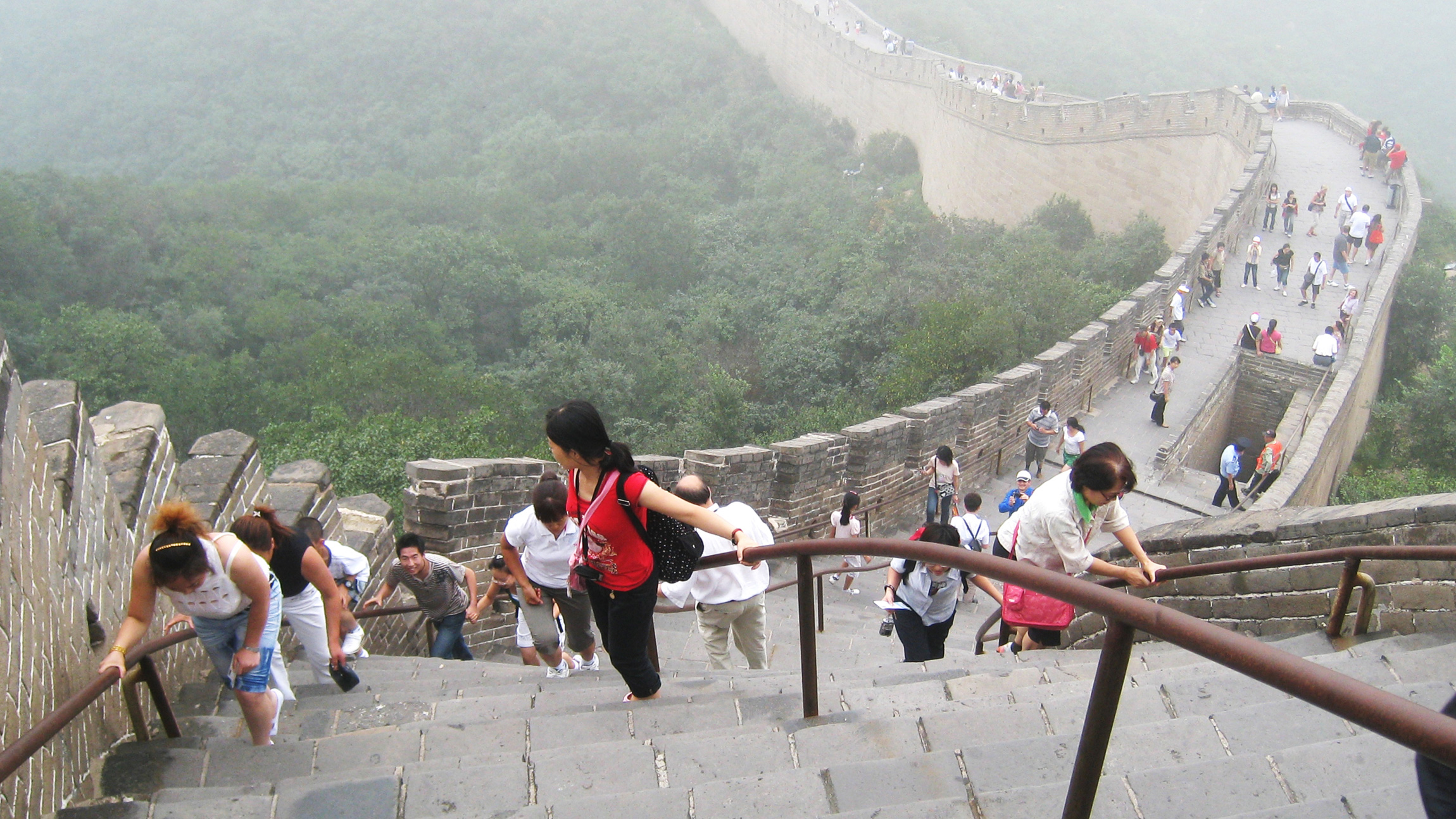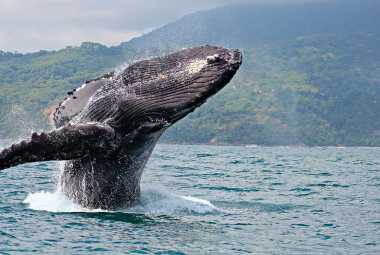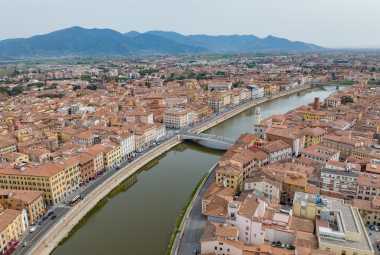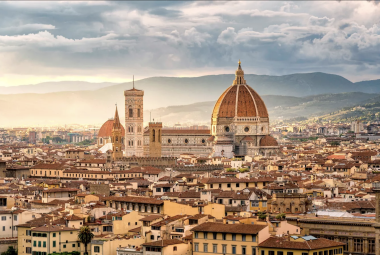Image by unwto.org
*Vacation Mode is a for-profit site. It contains paid banner advertisements that are generated and managed by a third-party network. This site also includes relevant affiliate links (both in the content and on the sidebar) all of which we do our best to clearly mark as such.
Quick Summary
- The Philippines and China have distinct geographical differences, such as location, size, climate, and terrain.
- Cultural differences exist between the Philippines and China, including language, religion, and beliefs.
- Significant economic differences are observed between the two countries, including GDP, per capita income, and industries.
- Geographically, China is the fourth largest country by land area with diverse climates and terrains, while the Philippines is an archipelago with over 7,000 islands and a tropical climate.
- Culturally, China is known for its linguistic diversity and rich heritage influenced by Confucianism, Daoism, and Buddhism, whereas the Philippines showcases a blend of Malay, Spanish, Chinese, and American influences, with Catholicism being predominant.
- Economically, China is a major global player with a focus on manufacturing and technology, while the Philippines has a diverse economy with strengths in agriculture, services, and electronics.
- Politically, China operates under a centralized governance system led by the Communist Party, while the Philippines has a democratic government structure with checks and balances.
- The tourism sector in both countries offers unique attractions; China is renowned for its historical landmarks like the Great Wall and Forbidden City, while the Philippines is celebrated for its natural beauty and beaches.
- Despite differences, the Philippines and China share commonalities due to historical experiences and cultural exchanges, including the impacts of colonization and shared traditions.
- Choosing between visiting China or the Philippines depends on personal preferences, with China offering historical and cultural experiences, and the Philippines providing natural landscapes and marine activities.
Discover the intriguing contrasts and remarkable similarities between the Philippines and China as we delve into their geographical, cultural, economic, and political disparities. Uncover the unique traits that define these nations, from their distinct landscapes and climates to their diverse languages and religious beliefs. Compare their economic prowess, political systems, and influence on global tourism. By the end of this exploration, you'll gain valuable insights into which country may be a better fit for your next travel destination.
Join us as we embark on an enlightening journey through the captivating essence of the Philippines and China.
Key Takeaways:
- The Philippines and China have distinct geographical differences, including location, size, climate, and terrain.
- Cultural differences, such as language, religion, and beliefs, exist between the Philippines and China.
- There are significant economic differences between the Philippines and China, including GDP, per capita income, and industries.
Geographical Differences between the Philippines and China
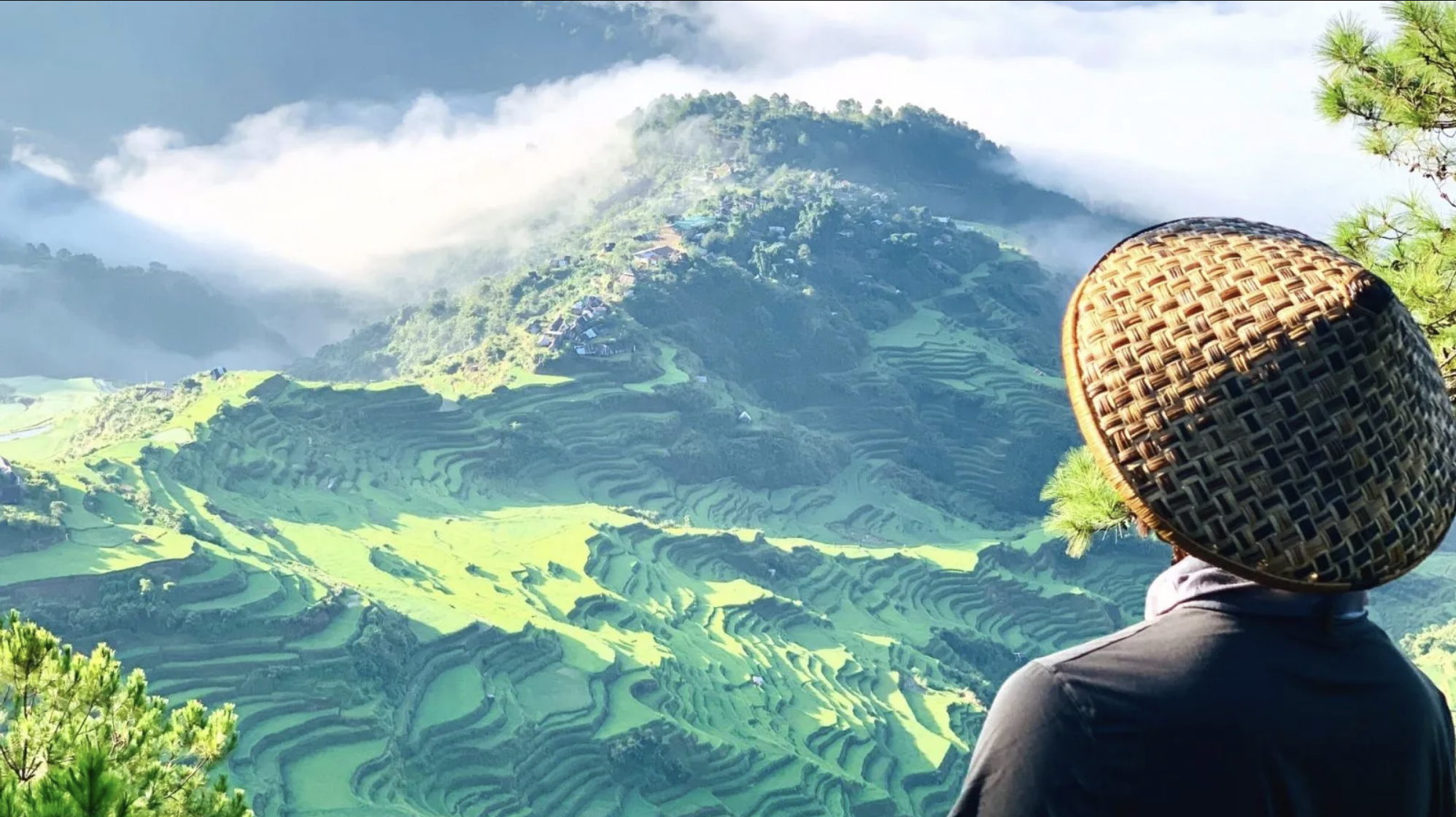
The geographical differences between China and the Philippines encompass various aspects related to their location, territorial boundaries, and the strategic significance of regions such as the South China Sea and the Luzon strait.
Location and Size
The location and size differences between China and the Philippines play a crucial role in shaping their geopolitical dynamics, particularly concerning territorial disputes in the South China Sea and adjacent regions.
China, being the fourth largest country in the world by land area, has a vast expanse covering approximately 9.6 million square kilometers. Its strategic significance arises from its territorial presence, which not only influences the South China Sea but also extends to its land borders with various neighboring countries.
On the other hand, the Philippines, comprised of over 7,000 islands, boasts a comparatively smaller land area of about 300,000 square kilometers. The archipelagic nature of the Philippines presents unique challenges in establishing and safeguarding maritime boundaries, especially in the context of competing territorial claims.
Climate and Terrain
The climate and terrain variations between China and the Philippines contribute to their distinct environmental landscapes, with specific focus on regions such as the Luzon strait and their impact on maritime activities and territorial control.
China, being the fourth largest country with diverse geography, encompasses deserts, mountains, plateaus, and plains. Its climate varies from continental to tropical, affecting its vast territorial expanse and the navigational aspects through its rivers and coastal regions.
In contrast, the Philippines is an archipelago with over 7,000 islands, featuring tropical, marine, and rainforest climates. The different climatic zones play a crucial role in shaping the environmental conditions and natural resources of the country, influencing maritime operations and territorial boundaries.
Cultural Differences between the Philippines and China

The cultural disparities between China and the Philippines encompass a wide array of elements, including language, ethnicity, religion, and deeply rooted beliefs that shape the social fabric of both nations.
Language and Ethnicity
The language diversity and ethnic traditions in China and the Philippines contribute to the vibrant cultural tapestries of both nations, influencing societal norms, communication patterns, and traditional customs.
China's immense linguistic diversity, comprising hundreds of dialects and languages, reflects the country's rich heritage and complex history. The diverse ethnic groups in China, such as the Han, Zhuang, Uighur, Hui, and many others, contribute unique traditions and customs that shape the cultural identity of the nation.
Similarly, the Philippines boasts a multitude of indigenous languages and cultural traditions, a testament to the diverse ethnic groups residing on the archipelago. The influence of Malay, Spanish, Chinese, and American cultures has further enriched the tapestry of Philippine society, forming a unique blend of customs and traditions.
Religion and Beliefs
The religious and belief systems in China and the Philippines reflect the rich cultural tapestries of both nations, highlighting the diversity of traditions, spiritual practices, and societal values.
Chinese religious beliefs have been shaped by philosophical traditions such as Confucianism, Daoism, and Buddhism, which emphasize harmony, respect for ancestors, and the balance between humanity and nature. These ideologies have deeply influenced Chinese traditions, from intricate temple architectures to the celebration of festivals like the Spring Festival and Qingming.
In contrast, the Philippines showcases a unique blend of indigenous animistic practices and the influence of Spanish colonization, resulting in a society where Catholicism is vastly predominant. This fusion of beliefs is evident in various festivities, religious processions, and traditional rituals, mirroring the intertwining historical and spiritual influences on the Filipino culture.
Economic Differences between the Philippines and China
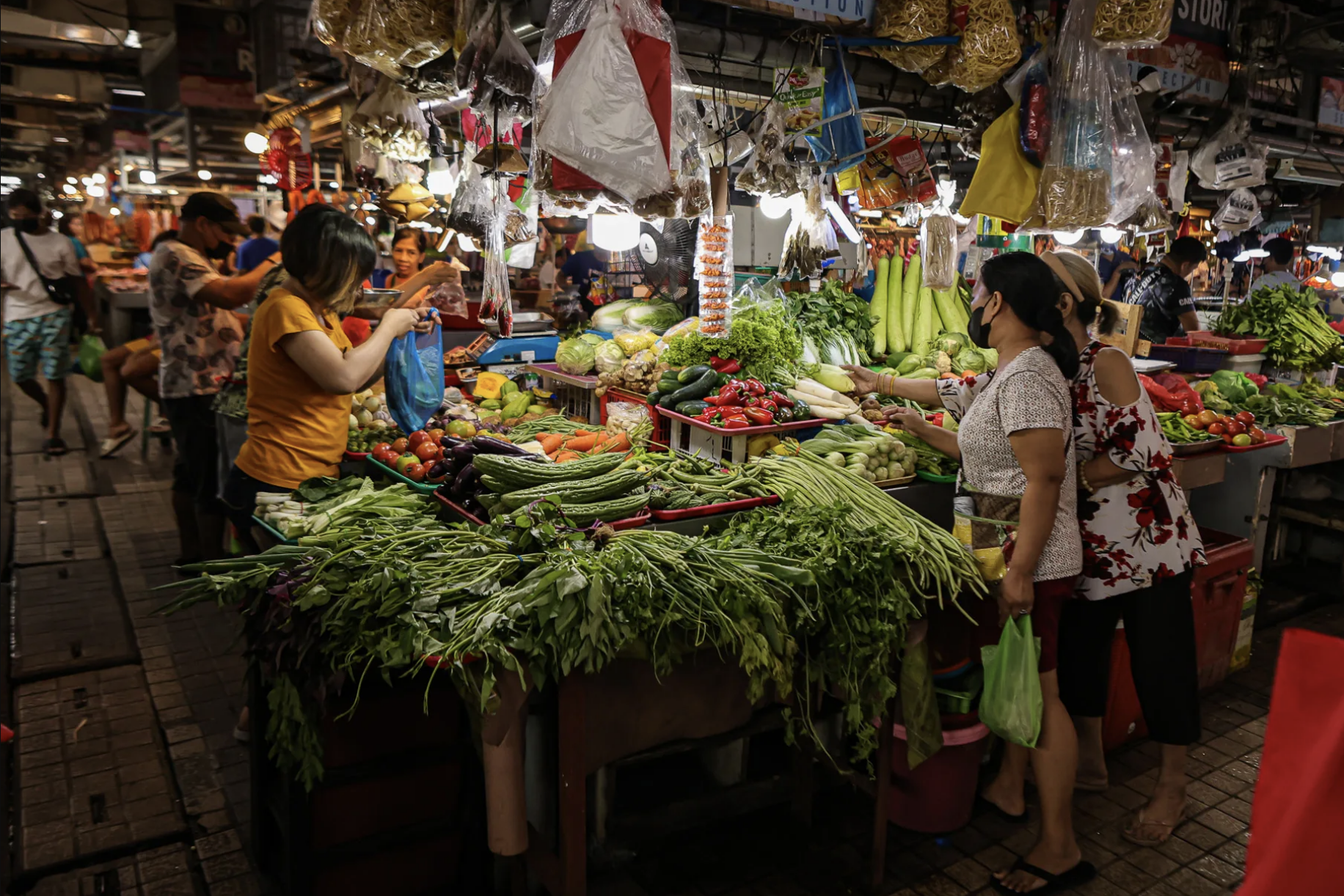
The economic disparities between China and the Philippines manifest through variations in GDP, per capita income, industrial sectors, and export profiles, illuminating distinctive economic trajectories and development priorities.
GDP and Per Capita Income
The differences in GDP and per capita income between China and the Philippines underscore divergent economic development trajectories, shaping the quality of life, investment opportunities, and public welfare in both nations.
China's rapid economic growth and large population contribute to its substantial GDP, positioning it as a major player in the global economy. The per capita income in China is notably lower compared to developed nations, leading to income inequality and disparities in living standards.
Conversely, the Philippines exhibits a comparatively lower GDP due to various factors, including its reliance on agriculture and services. This impacts the overall economic landscape and investment climate, influencing opportunities for business expansion and market penetration.
These divergences in GDP and per capita income signify distinct challenges and opportunities for policymakers, businesses, and international investors in navigating the intricacies of these two dynamic economies.
Industries and Exports
The industrial sectors and export profiles of China and the Philippines present contrasting economic landscapes, with specific implications on trade dynamics, market diversification, and economic partnerships.
China stands as a manufacturing powerhouse, with a significant focus on heavy industries, high-tech products, and machinery. Its export orientation emphasizes electronics, machinery, and equipment, reflecting its position as a global manufacturing hub.
In contrast, the Philippines exhibits a diverse industrial composition, with strengths in electronics, garments, and processed food. Its export profile is more oriented towards consumer goods, electronics, and agricultural products, illustrating a different market positioning.
Political Differences between the Philippines and China
The political disparities between China and the Philippines encompass contrasting government systems, foreign relations, and diplomatic postures, with particular emphasis on the complexities surrounding the South China Sea dispute.
Government Systems
The differences in government systems between China and the Philippines reflect contrasting political landscapes, diplomatic tensions, and governance frameworks, shaping their domestic governance and international relations.
In China, the centralized structure of governance under the Communist Party of China has resulted in a strong grip on political power, enabling swift policy implementation and long-term strategic planning. This has significant implications for international engagements, with China adopting a more assertive stance, especially in territorial disputes in the South China Sea.
On the other hand, the Philippines operates under a democratic framework, characterized by a system of checks and balances between the executive, legislative, and judicial branches of government. This often leads to more deliberative decision-making processes and a diverse range of diplomatic strategies when dealing with external actors, reflecting a more pluralistic approach to international relations.
Foreign Relations
The foreign relations of China and the Philippines reflect intricate bilateral dynamics, territorial disputes, and alliance formations, particularly in the context of the South China Sea and regional security arrangements.
China's assertive claims in the South China Sea have strained its relations with the Philippines, leading to territorial disputes over islands and maritime resources. The Philippines has sought support from its long-standing ally, the United States, to counterbalance China's growing influence in the region, contributing to alliance formations with implications for regional security and stability.
In response, China has sought to strengthen bilateral ties with other Southeast Asian nations, posing strategic implications for the geopolitical landscape of Asia.
Tourism in the Philippines and China

The tourism landscapes of the Philippines and China encompass diverse arrays of attractions, ranging from popular tourist destinations to culturally rich landmarks, offering unique experiences for travelers.
Popular Tourist Destinations
The popular tourist destinations in China and the Philippines present captivating travel experiences, featuring iconic landmarks, natural wonders, and historical treasures that allure visitors from around the world.
China's Forbidden City, the Great Wall, and the Terracotta Army in Xi'an stand as testaments to its rich imperial history, drawing history enthusiasts and adventurers alike. While the ethereal landscapes of Guilin and the picturesque karst formations in Ha Long Bay in the Philippines beckon nature lovers to revel in their breathtaking beauty. The vibrant cultures and delectable cuisines of both countries offer an immersive experience for visitors seeking to delve into the heart and soul of these diverse destinations.
Cultural Attractions
The cultural attractions in China and the Philippines offer immersive experiences rooted in rich heritage, vibrant traditions, and iconic landmarks that showcase the cultural tapestries of both nations.
China's cultural attractions are deeply intertwined with its millennia-old history, from the Great Wall to the Forbidden City, each site reverberates with tales of ancient emperors, dynasties, and philosophical traditions. The terracotta army in Xi'an and the picturesque landscapes of Guilin further accentuate the diverse cultural fabric of the country.
Meanwhile, the Philippines' cultural attractions, like the historic walled city of Intramuros in Manila and the ancient rice terraces in Banaue, offer insights into the country's colonial past and indigenous heritage, highlighting the interplay of influences from the Spanish, American, and indigenous cultures.
Top Resorts in the Philippines
Amanpulo, Palawan

Located on the secluded island of Pamalican, Amanpulo is an exclusive paradise embodying tropical tranquility. Its luxurious villas and casitas are spread along pristine white-sand beaches, offering unparalleled privacy and access to the crystal-clear waters of the Sulu Sea. The resort is renowned for its world-class spa, exceptional dining experiences, and a wide range of water sports and island activities, making it a perfect retreat for those seeking ultimate relaxation and adventure in harmony with nature.
El Nido Resorts, Pangulasian Island, Palawan

Often referred to as the “Island of the Sun,” Pangulasian Island is part of El Nido Resorts, offering stunning views of both sunrise and sunset over the Bacuit Bay. This eco-luxury resort provides a blend of Filipino design and modern amenities in its spacious villas, with activities centered around the incredible biodiversity of El Nido's marine and terrestrial environments. Guests can indulge in snorkeling, diving, kayaking, and island-hopping tours, embracing the natural beauty of Palawan.
Click here to get rates from Booking.com.
Click here to get rates from Agoda.com.
Shangri-La's Boracay Resort and Spa, Boracay

Set in the heart of Boracay's vibrant and crystal-clear waters, Shangri-La's Boracay Resort and Spa offers an exclusive sanctuary. It features luxurious villas and suites with breathtaking sea views, private beaches, a range of fine dining options, and a spa set amidst a lush hillside. The resort is ideal for travelers seeking a blend of relaxation, gourmet experiences, and water sports on one of the world's most famous beaches.
Click here to get rates from Agoda.com.
The Farm at San Benito, Batangas

A holistic wellness retreat located in the foothills of Mount Malarayat, The Farm at San Benito provides a unique escape focused on health, healing, and well-being. With its vegan cuisine, natural spa treatments, and a variety of wellness programs, including detox, yoga, and meditation, guests can enjoy a rejuvenating experience surrounded by nature. The resort's luxurious villas and suites are designed to offer tranquility and comfort in a serene setting.
Click here to get rates from Booking.com.
Click here to get rates from Agoda.com.
Atmosphere Resorts & Spa, Dumaguete, Negros Oriental

Situated on the lush coastline of Dumaguete, Atmosphere Resorts & Spa is a boutique resort that offers a perfect mix of tropical luxury and dive adventure. Specializing in scuba diving, the resort provides access to some of the world's best muck diving sites, with the renowned Apo Island nearby. Its spacious accommodations, spa, and yoga classes cater to those looking for a wellness and adventure holiday in an intimate and relaxed environment.
Each of these resorts provides a unique glimpse into the diverse beauty and hospitality that the Philippines has to offer, making them top choices for travelers seeking luxury, adventure, and relaxation.
Click here to get rates from Agoda.com.
Top Resorts in China
The Venetian Macao
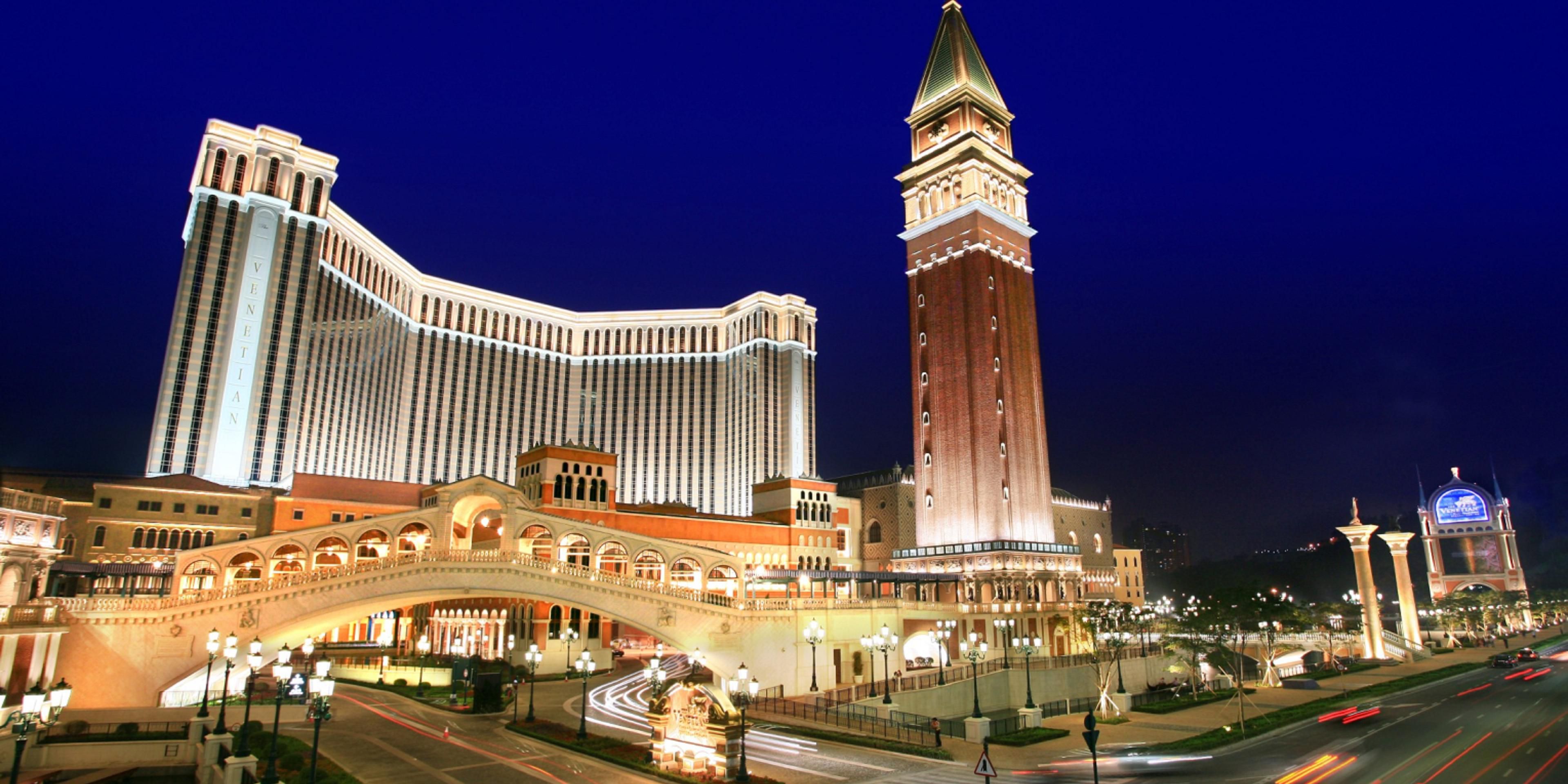
Situated in the vibrant heart of Macao, The Venetian Macao stands out for its expansive suite rooms, prime location, and a multitude of dining and shopping options. This resort embodies luxury and convenience, providing guests with an experience reminiscent of Venice itself, complete with gondola rides and a vast casino floor. Its reputation as a highly booked destination underscores its allure to both leisure and business travelers seeking opulence in every aspect of their stay.
Click here to get rates from Agoda.com.
Nina Hotel Tsuen Wan West
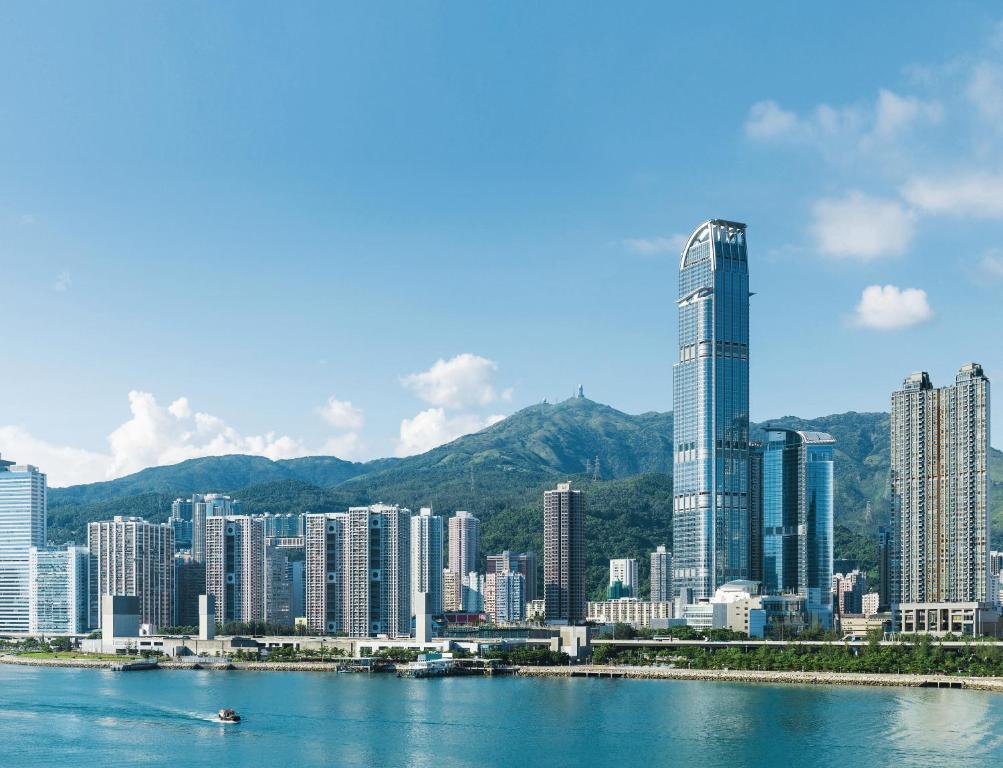
Nina Hotel Tsuen Wan West in Hong Kong distinguishes itself with professional and luxurious services that go above and beyond. Johnny Chow, the Guest Engagement Manager, receives special mention for his exceptional service, highlighting the hotel's commitment to creating memorable guest experiences. This hotel offers a blend of modern luxury and heartfelt hospitality, ensuring a comfortable stay.
Click here to get rates from Agoda.com.
Galaxy Hotel

The Galaxy Hotel, also in Macao, is celebrated for its exceptional food and service, contributing to a luxurious and joyous celebration of special occasions. The hotel features a comprehensive array of amenities, including the Grand Resort Deck, which promises a unique blend of relaxation and entertainment to its guests. Its commitment to excellence is evident in every detail, from the accommodation to the leisure facilities.
Click here to get rates from Agoda.com.
The Royal Garden
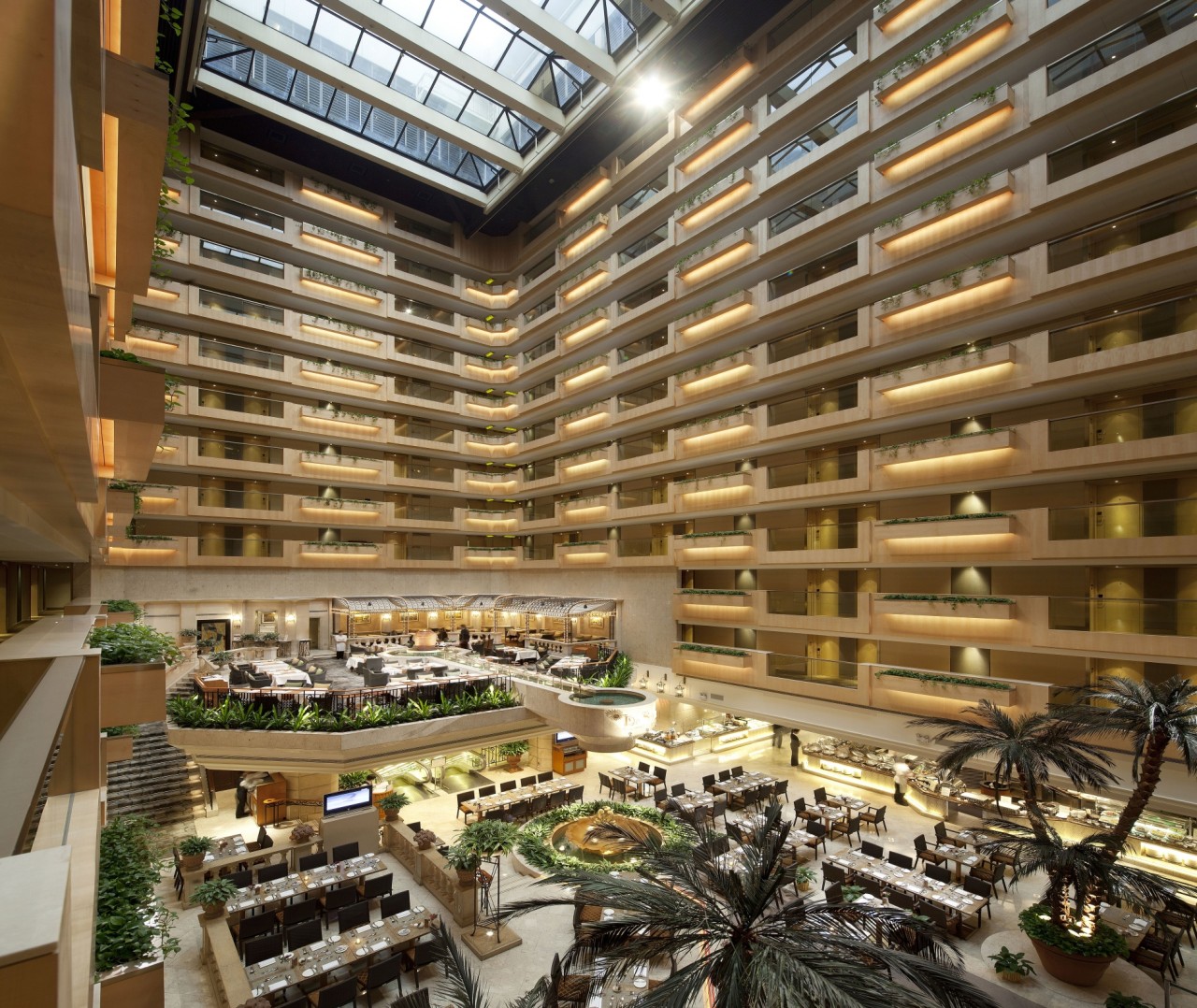
Located in Hong Kong, The Royal Garden offers spacious, modern, and comfortable accommodations, complemented by state-of-the-art gym equipment and a luxurious spa. The club lounge provides friendly services, enhancing the overall stay experience with a touch of elegance and sophistication. This hotel is a sanctuary for those seeking both relaxation and an upscale urban retreat.
Click here to get rates from Booking.com.
Pudong Shangri-La, Shanghai

Pudong Shangri-La in Shanghai is renowned for its touch of luxury and heartwarming hospitality, making guests' stays memorable and comfortable. The hotel's strategic location offers breathtaking views of the Huangpu River and the Shanghai skyline, providing a perfect blend of scenic beauty and convenience. The service here is tailored to meet the highest standards of luxury and personalization.
Click here to get rates from Booking.com.
Click here to get rates from Agoda.com.
Each of these hotels exemplifies the best of luxury hospitality in China, offering guests unparalleled experiences, from opulent surroundings and gourmet dining to exceptional service and prime locations. Whether you're visiting for business or leisure, these hotels promise to make your stay in China truly unforgettable.
Similarities between the Philippines and China
Amidst the myriad of differences, the Philippines and China share commonalities stemming from their historical experiences, traditions, and the enduring legacies of colonization, shaping their societal narratives and cultural connections.
Influence of Colonization
The influence of colonization has left indelible marks on the societal narratives, historical trajectories, and cultural traditions of both the Philippines and China, shaping their contemporary identities and shared historical experiences.
Colonization introduced new languages, religions, and governance systems that significantly altered the indigenous cultures of the Philippines and China. The Spanish colonization of the Philippines, starting in the 16th century, brought Catholicism and Hispanic influence, shaping the religious and social fabric of the country. Similarly, China’s historical experiences with colonial powers, including the Opium Wars and the subsequent imposition of unequal treaties, have deeply influenced its national pride and modern geopolitical aspirations.
The legacy of colonization continues to influence contemporary international relations and diplomatic dynamics in East Asia. The diverse cultural amalgamation resulting from colonial encounters has enriched the societal narratives and artistic expressions of both the Philippines and China, providing a complex and multifaceted understanding of their historical and cultural landscapes.
Shared History and Traditions
The shared history and traditions between the Philippines and China underscore the enduring cultural connections, societal narratives, and intertwined legacies that bind both nations through historical experiences and cultural affinities.
From the ancient maritime trade routes that facilitated the movement of goods, ideas, and people to the migration patterns that have shaped communities, the Philippines and China share a rich tapestry of interactions. These exchanges have contributed to the fusion of traditions, languages, and customs, creating a dynamic cultural landscape marked by shared practices and beliefs.
The historical narratives of both nations reveal a confluence of events, struggles, and triumphs that have left indelible imprints on their societies. Whether it's the influences of Chinese philosophy and art in the Philippines or the presence of Filipino communities in China, the ties between the two countries continue to resonate across generations.
Conclusion: Which Country is Better to Visit?
The decision of which country is better to visit between China and the Philippines depends on individual preferences, travel aspirations, and the desire to explore diverse cultural landscapes and tourist attractions.
China offers a rich tapestry of ancient history, with iconic landmarks such as the Great Wall of China and the Forbidden City, while also showcasing bustling modern cities like Shanghai and Beijing.
On the other hand, the Philippines boasts pristine beaches, vibrant marine life for snorkeling and diving, and the stunning natural beauty of destinations like Puerto Princesa Underground River and Chocolate Hills. Therefore, the choice depends on whether one is drawn to the allure of historical wonders or the enchanting tropical paradises.
Things to do in Philippines
Things to do in China

